Zinc oxide nanoparticles have many applications, including photocatalytic applications, piezoelectric devices, pigmentation, chemical sensors, drug carriers in the field of targeted drug delivery, and in particular the provision of cosmetics, including sunscreens. In the production of zinc oxide nanoparticles, it is very important to use cost-effective yet simple methods that can produce nanoparticles the size of uniform particles.There are different types of nanoparticle materials.
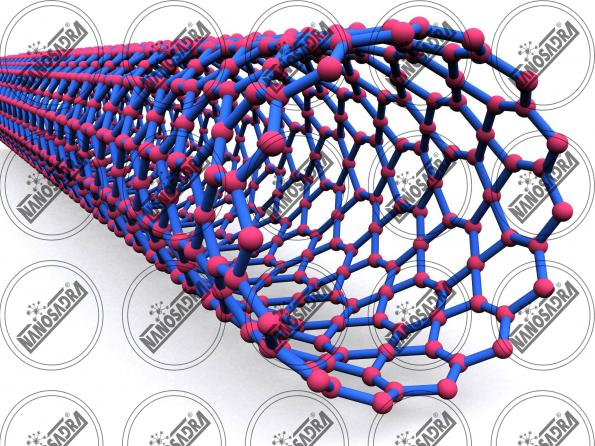
What is nanoparticle?
 Nanoparticles are particles measuring 1 to 100 nanometers. Most solid elements can be produced in nanoscale. For example, silver nanoparticles or iron nanoparticles. Most metal oxides can also be produced in nanoscale, such as silver oxide nanoparticles.
Nanoparticles are particles measuring 1 to 100 nanometers. Most solid elements can be produced in nanoscale. For example, silver nanoparticles or iron nanoparticles. Most metal oxides can also be produced in nanoscale, such as silver oxide nanoparticles.
Nanoparticles in nanoscale have different properties. In these dimensions, the previous properties of the particle, which were in the macro dimensions, usually show themselves more strongly.
Some elements or compounds have magnetic properties, such as iron or iron oxides. Now nanoparticles of iron also retain their magnetic properties. These particles are called magnetic nanoparticles.Ask us for Amazing nanoparticle materials.
How is the business of nanoparticle in the world?
 In general, there are many different ways to produce nanoparticles. These methods are basically divided into three main groups, each of which is briefly described below: Processing of nanoparticles from the gas phase: The methods under this heading are very diverse and have unique capabilities.
In general, there are many different ways to produce nanoparticles. These methods are basically divided into three main groups, each of which is briefly described below: Processing of nanoparticles from the gas phase: The methods under this heading are very diverse and have unique capabilities.
The most popular of these methods are: neutral gas condensation, electrical wire explosion, atomic scattering, laser mining, chemical chemical vapor synthesis, chemical vapor synthesis produced by thermal activation, chemical-chemical vapor-chemical synthesis of vapor by plasma and plasma And aerosol.
The ability to use and use the technology of condensing technology from steam to a wide range of new applications, from thermal insulation coatings for turbine blades to wear-resistant rotating parts.
The breadth of nanocrystalline powder powders has made it easy to use as a food powder in heat spraying. Among these methods, the condensation of the vapor phase has been used industrially for the commercial production of ceramic, metal and composite nanoparticles. The coatings resulting from this method have unique physical and mechanical properties compared to the coatings produced by other common methods.
Evidence suggests that the physical performance of many metal and ceramic nanostructured coatings produced by thermal spraying has improved. For example, the hardness of nickel nanoconstruction coatings, Inconel 718 and stainless steel 316, is 60, 20, and 36 percent, respectively, more than conventional coatings, ie coatings sprayed with micron powder, and their impact resistance is also increased. With the use of nanocrystalline coatings, the life of welded parts and ship’s steam pipes has been increased.
This method involves the evaporation of a solid phase and then its rapid condensation to form nanometer clusters that form a precipitating powder. The most important advantage of this method is low product contamination. By changing the temperature, the gas environment and the evaporation rate, the particle size can be changed as desired.Nanotechnology is the key technology of the current century that can create new industries in the business market.
The technology is now widely used in a variety of industries such as materials, electronics, machinery, biological and medical industries.The business of nanoparticle in the world has a special place in the world today.Ask us for nanoparticle materials Amazing.nanoparticle materials for sale are sold by reputable centers.You can find Types of nanoparticle materials near me with a simple search.
Types of nanoparticle in shop
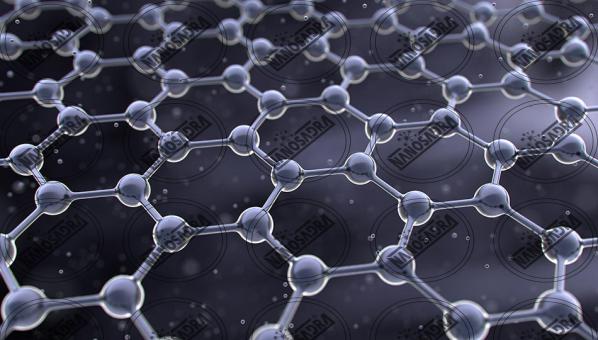 Nanoparticles are currently made of a wide range of materials; the most common of these are ceramic nanoparticles, which are classified as metal oxide ceramics – such as titanium, zinc, aluminum and iron oxides, non-oxidized nanosilithic nanoparticles, such as carbide tungsten, tungsten carbide. Silicate particles, which are generally in the form of clay nanomaterials, are divided. In general, depending on the chemical composition, these particles are divided into metals, ceramics, polymers and semiconductors.
Nanoparticles are currently made of a wide range of materials; the most common of these are ceramic nanoparticles, which are classified as metal oxide ceramics – such as titanium, zinc, aluminum and iron oxides, non-oxidized nanosilithic nanoparticles, such as carbide tungsten, tungsten carbide. Silicate particles, which are generally in the form of clay nanomaterials, are divided. In general, depending on the chemical composition, these particles are divided into metals, ceramics, polymers and semiconductors.

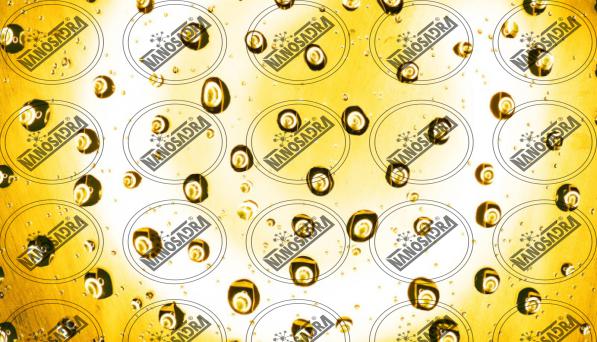


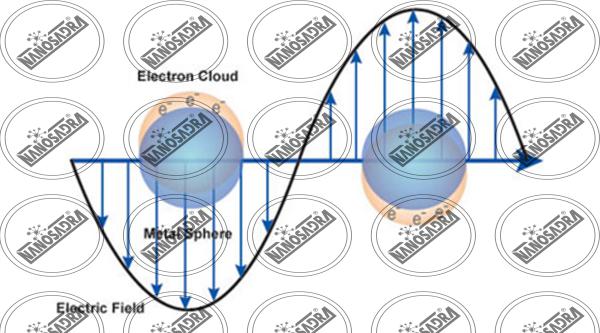
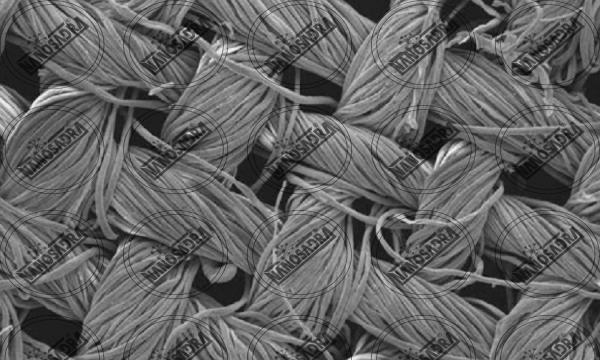
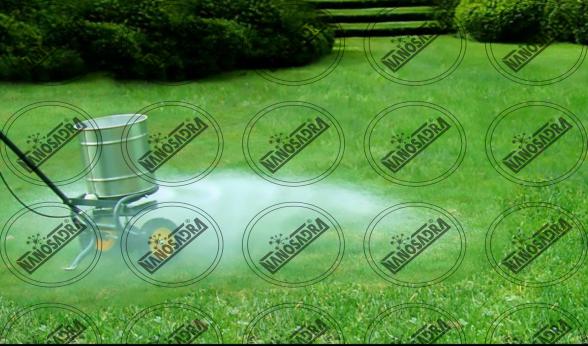
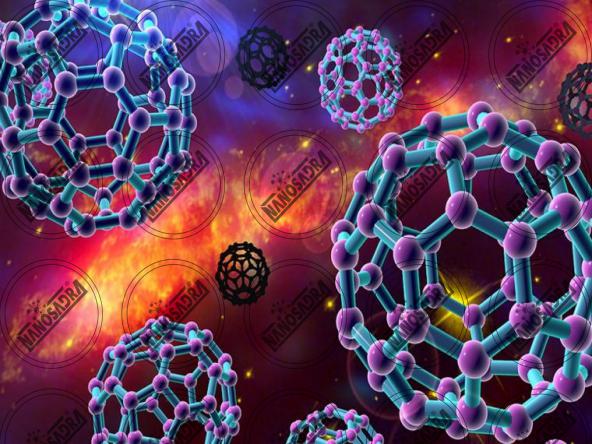
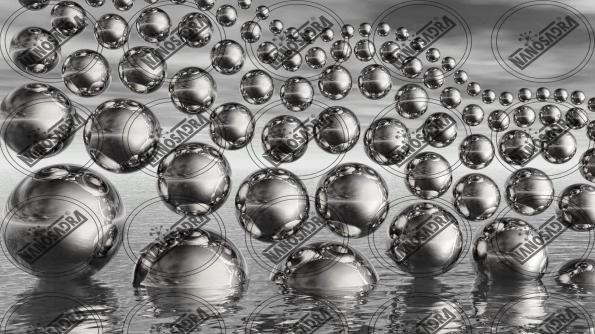
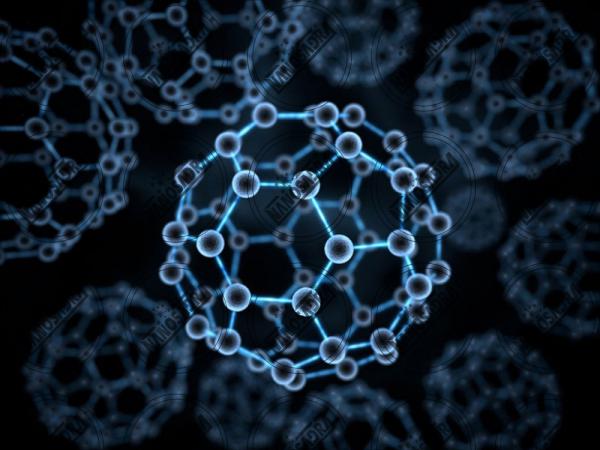
Your comment submitted.